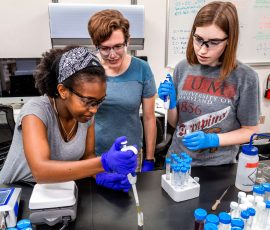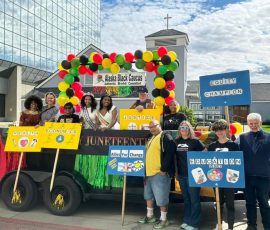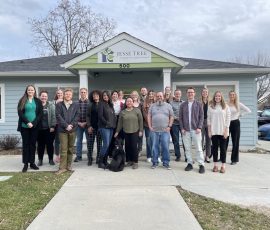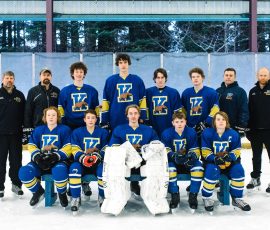
One of the key traits of successful grant applications across the philanthropic sector is the ability to tell a story. Your story.
“Successful grantees are able to bring a foundation into their world and show the heart of what they are doing,” explains Jill Tatum, a program director with the Murdock Trust who has worked with grant applicants for close to a decade. “In my experience, the most effective way to secure funding is by helping the foundation really ‘see’ the vision of your organization and how this grant will support and advance that work directly.”
Tatum elaborates that one of the biggest blockers to this is when a nonprofit puts their proposal on “auto-pilot.” Grant writing can require a substantial investment of time and knowledge. Depending on the grantmaking organization, proposals can take anywhere from 20 hours to, in some cases, 100 hours to complete. This time can feel like a worthy investment when the right proposal connects with the right foundation and funding is provided. At the same time, it can be frustrating when a proposal is declined.
In an effort to maximize ROI and create efficiencies, some organizations may be tempted to automate their process, reusing the same language over and over again. While this is smart in some aspects over the short term, Tatum stresses that it’s critical that nonprofits be “present” in each proposal.
“There are a lot of ways you can be ‘present’ during your proposal,” Tatum explains. “For each proposal, review your background materials and look at how your organization may have grown or evolved even in just the last few months. What material can you provide that shows current movement and momentum? When you are having a site visit, make sure you have the ‘right’ people in the room – the people who can speak to the specific project at hand. Also think about the words you choose. Reusing boilerplate language can be a useful time saver in some cases, but it doesn’t help tell your story in a powerful way. Carefully consider the questions you’re asked and make sure your response really addresses the foundation’s inquiry and adds depth to your story.”
It can also be helpful to “test the waters” of your proposal early on if at all possible. For example, the Murdock Trust requests that applicants start with a Letter of Inquiry (LOI) which provides a high-level summary of the organization and the project. This allows the Trust to determine whether a project feels like it aligns with our grantmaking priorities or not before a nonprofit invests dozens of hours in a formal proposal.
“The important thing to remember is that we believe in what you are doing and are here to help you put your best foot forward,” Tatum says. “If you can help us clearly see your vision and your story and also provide a clear understanding of the solid fundamentals and infrastructure supporting your organization, it makes it much easier for us to help guide you through this process.”








